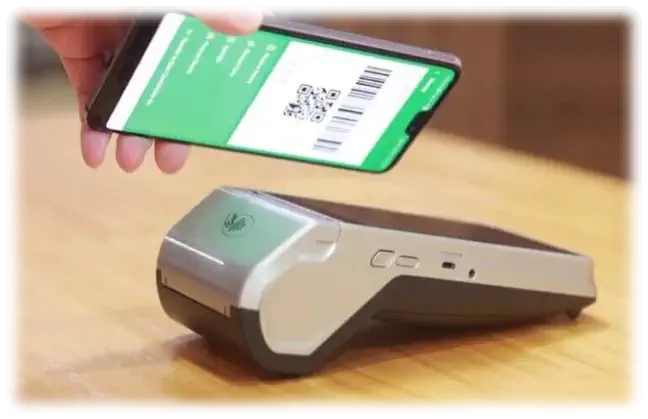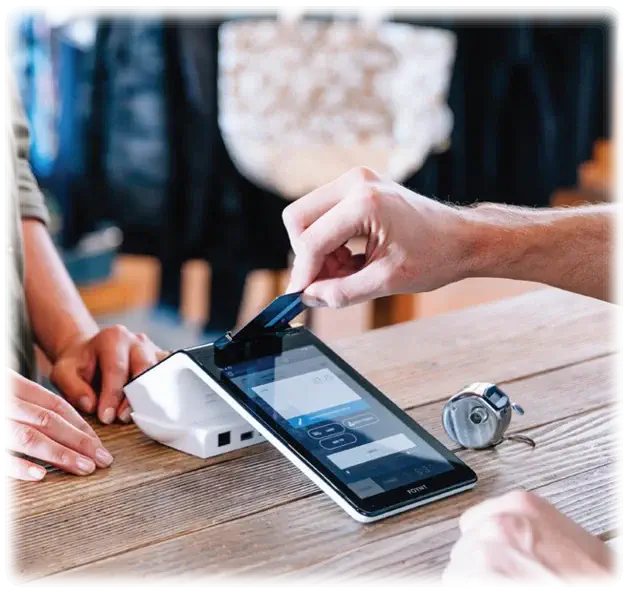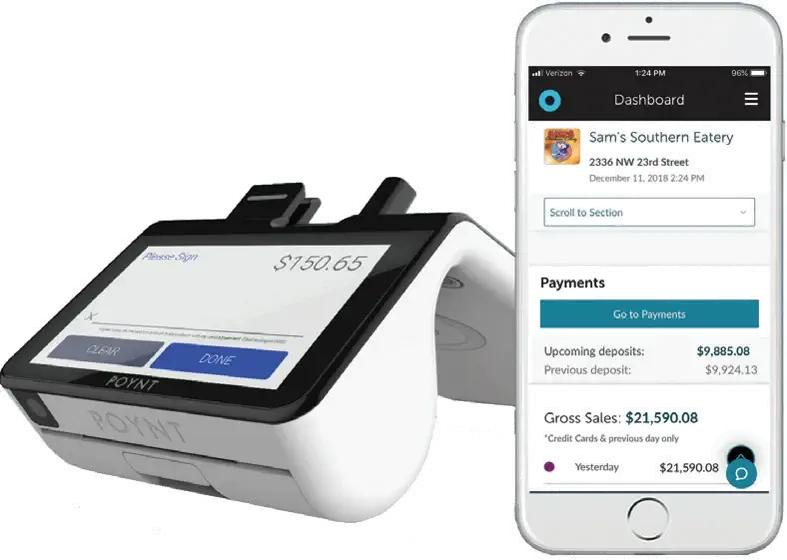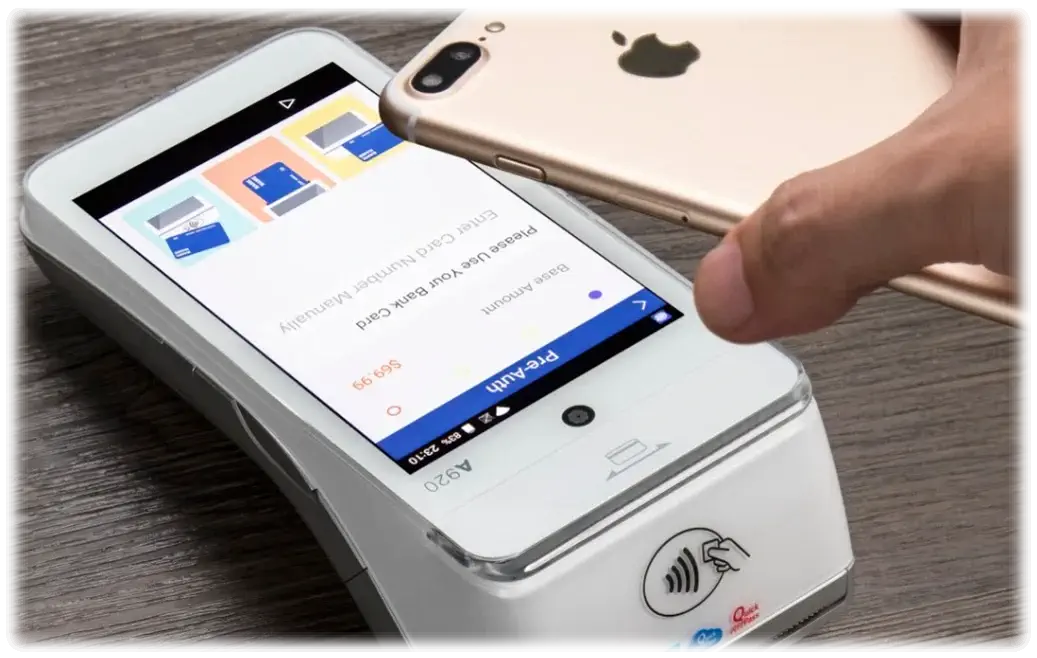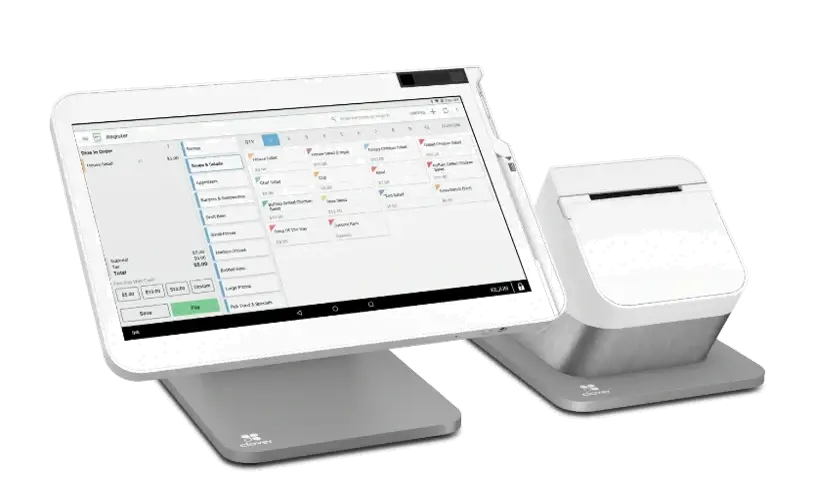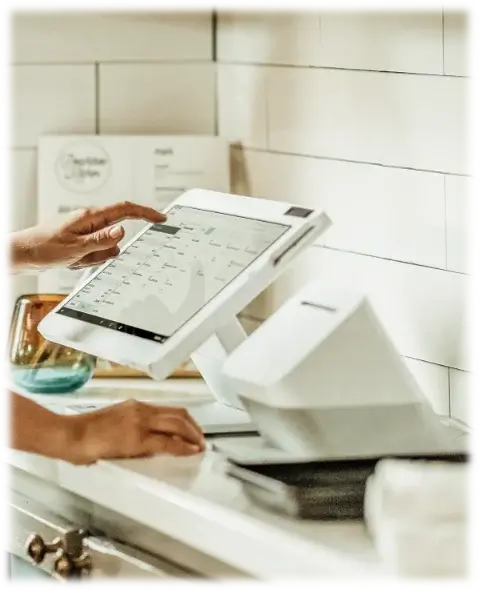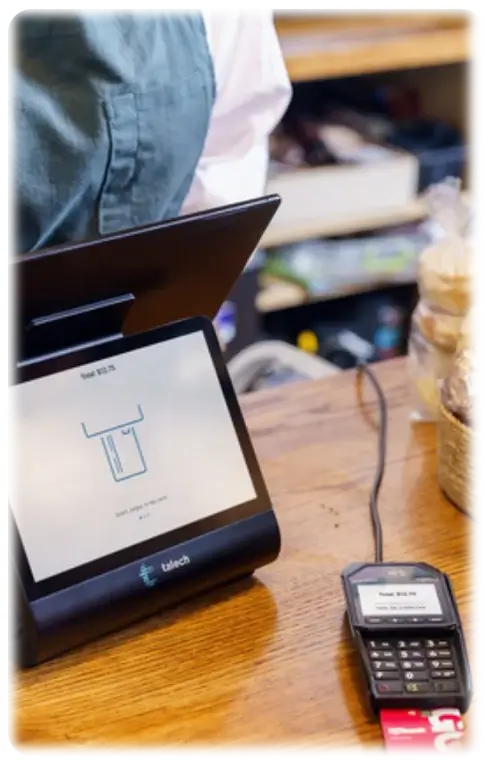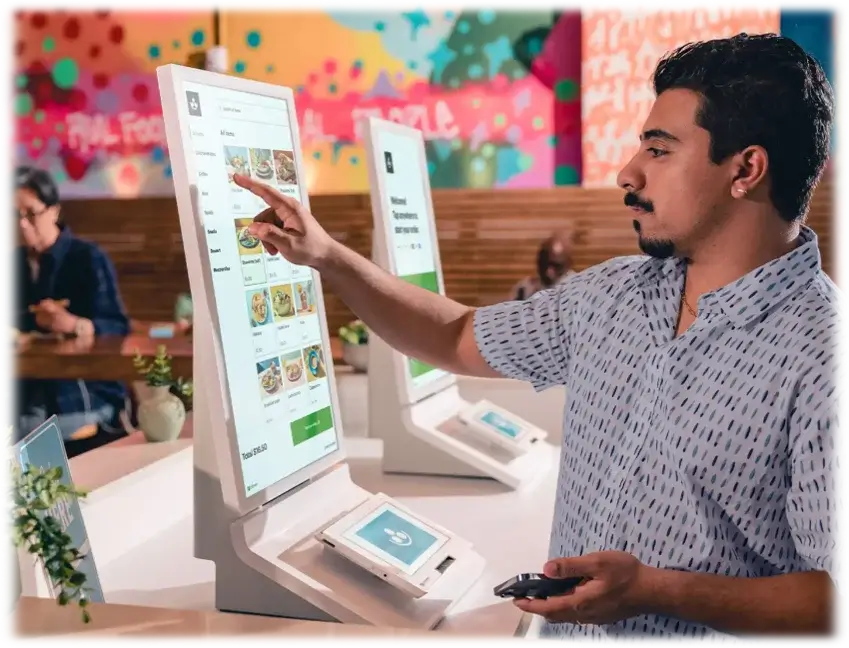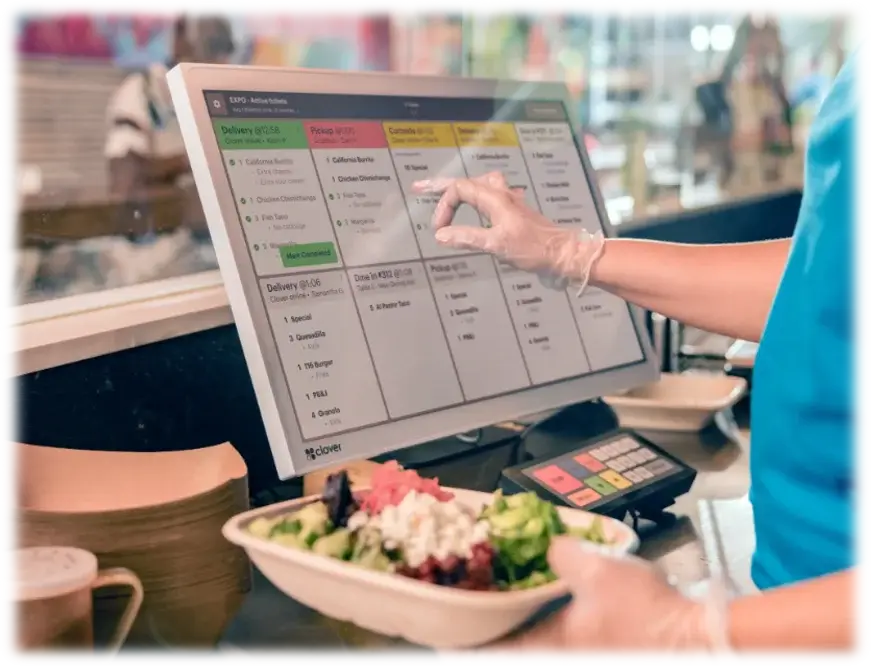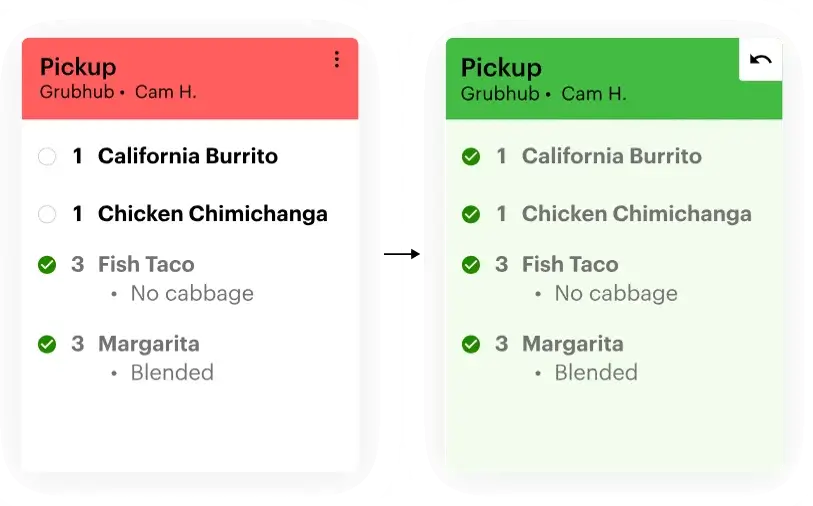Traditional vs. Digital Payment Processing: A beginner's guide

In today's digital age, our payment methods for goods are undergoing a significant transformation. While traditional payment processes remain in use, digital payment options increasingly supplement or replace them. This article explores the complexities of these two payment methods, highlighting their definitions, methodologies, and benefits.
Let's explore the advantages and disadvantages of offline and electronic payment processing to help you make informed financial decisions!
What are Traditional Payment Methods?
By their very nature, those ancient payment systems involve checks or cash being transferred between buyers and sellers. Imagine yourself at a diner, reaching for your wallet to pay for your dinner in crisp bills or signing on the dotted line for a check. Ten years ago, this was the way it was. Ignoring the changing winds of going digital, cash still reigns supreme over many hearts and minds because it is concrete and, in consumer minds, the safest.
A Closer Look at Traditional Payments
According to the latest statistics, cash payments continue to dominate the world. More than 55% of transactions globally are conducted in cash! Surprise! The latest YouGov Global Report indicates that approximately 39% of UAE customers prefer money for major purchases, while in Germany, this figure is nearly 46%! Even in technology-saturated nations like the USA, 30% of spending is still done with cash!
What are Digital Payment Methods?
Digital payment transactions encompass any form of electronic financial exchange. This could mean using credit and debit cards, online bank transfers, mobile wallets, etc. The pandemic sped up the adoption and use of digital payments, making them desirable and the default.
A Transformative Shift
As we all purchased products online during the lockdown periods, governments realized the significance of digital payment systems. Initiatives such as India's Digital India Campaign and the UAE's launch of E-Dirham played a crucial role in promoting digital payments, thereby spurring the shift of consumers and businesses into the virtual world. Mobile payments as of today are projected to reach 1.31 billion users in 2023!
Differences: Offline vs. Digital
So, in what ways are the old payment systems different from their electronic versions? These are some of the key differences:
Speed of Transaction: Electronic payments are instant, whereas traditional payment systems take days to settle.
Security: Electronic transactions incorporate more safeguards, such as security codes, encryption, and two-factor authentication, than cash.
Convenience: Electronic payments allow you to make payments anywhere, at home, in a coffee shop, or even on a crowded bus.
The Features of Digital Payment Processing
Electronic payment processing has a range of features designed to improve customer satisfaction and business efficiency:
Banking Cards: Credit and debit cards are ubiquitous in contemporary finance, popular for their security and convenience.
Mobile Wallets: Apple Pay and Google Wallet are mobile wallet applications through which users can store their card data securely, making payments easy online or in-store.
UPI (Unified Payments Interface): The dynamic interface links various bank accounts to make payments handy, connecting banks.
Point of Sale (POS) Systems: With improvements in POS technology, businesses nowadays can offer diverse payment options, from traditional credit cards to advanced mobile pay options.
Internet and Mobile Banking: These websites provide a range of rich features for remitting money, paying bills, and checking balances, all at your fingertips.
The Alluring Advantages of Electronic Payments
1. Enhanced Security
Electronic payments provide a broad range of security features that significantly minimize the risk of theft or counterfeiting compared to carrying cash. Sound encryption methods and consumer authentication processes assist in safeguarding transactions and provide users with a sense of reassurance and confidence.
2. Greater Convenience
Imagine finishing your grocery store shopping in minutes without the hassle of grabbing cash. Digital payments allow you to shop on the go with the touch of your phone or a button click, providing a level of ease and comfort that traditional payments cannot match.
3. Seamless Transactions
Those long waiting lines to cash a check are outdated with online payment systems. Digital transactions are facilitated easily, simplifying processes for consumers and businesses and making everyone feel more efficient and productive.
4. Varying Payment Options
From contactless card payments to UPI, there are many choices in digital payments that cater to consumers. This flexibility enhances digital transaction adoption.
5. Promotional Incentives
Numerous companies offer customers special discounts, cashbacks, and rewards schemes using digital payments, making the transition even more appealing.
6. Simple Tracking and Recording
Say goodbye to missing receipts! Digital payments are recorded automatically, making monitoring and controlling expenditures simpler.
Conclusion: The Future of Payments Is Here
Reflecting on payment processing history, it is evident that although older techniques remain relevant, online payment systems are rapidly becoming the standard. It is no wonder that consumers and businesses alike are gravitating toward a more electronic future that is more secure, more convenient, and fuller of options.
In brief, the face of payment transactions is transforming to a considerable degree towards a cashless world where transactions through a digital medium will be king. Let us, therefore, welcome this and move bravely into the realm of future payments!


